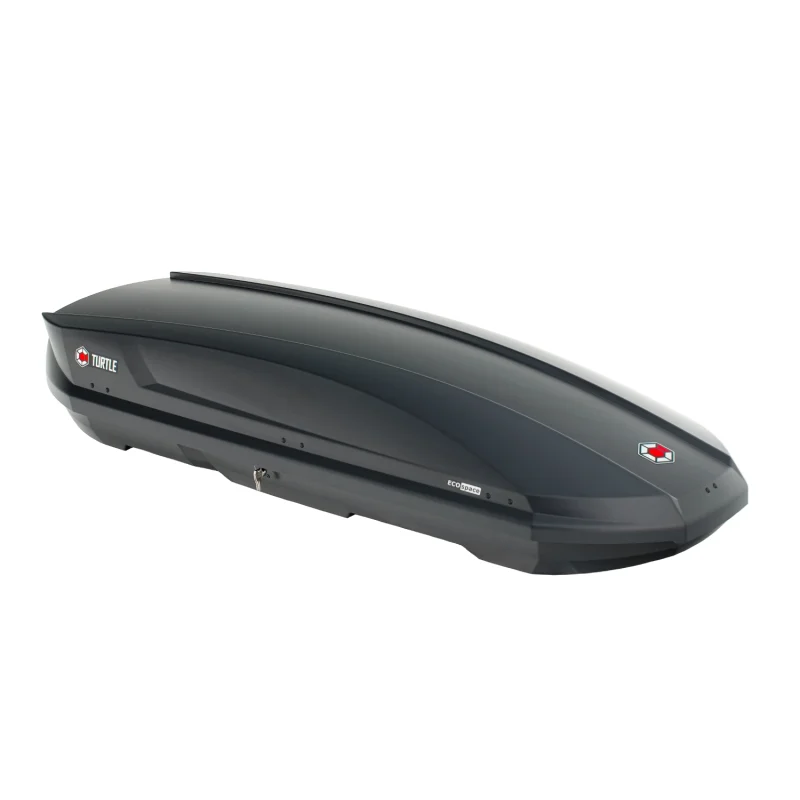Rainproof tents are specially designed to protect you from rain while camping. These tents are equipped with waterproof technologies to keep you dry, even in heavy rain. The most essential feature of rainproof tents is that they are made from waterproof materials and have reinforced seams. These elements ensure maximum waterproofing during camping.
- Waterproof Fabric: The outer surface of the tent is made of waterproof material.
- Sealed Zippers: Waterproof zippers prevent water from seeping inside.
- Rain Flaps: Provide additional protection at entry and exit points.
What Materials are Rainproof?
Choosing the right material is crucial when selecting a rainproof tent. The tent’s resistance to water depends on the materials used.
- Polyester: A lightweight and durable material commonly used in tents. While not inherently waterproof, it is treated with waterproof coatings (usually polyurethane or silicone) to make it resistant to water. These coatings prevent the fabric from absorbing moisture. However, prolonged exposure to UV rays can weaken both the material and the coating.
- Nylon: Similar to polyester in terms of lightness and durability, nylon is also treated with waterproof coatings. It typically withstands higher water pressure but is not waterproof without coating. Nylon is often reinforced with polyurethane or silicone coatings but has lower UV resistance.
- Canvas: Although naturally not waterproof, canvas is a highly durable material. It becomes water-resistant when treated with special coatings (such as wax or other water-repellent chemicals). Canvas tents are usually more long-lasting but heavier, making them harder to carry. Even with waterproof coatings, they may absorb some water during prolonged exposure to heavy rain.
How to Check Waterproof Ratings?
To determine a tent’s waterproof capability, you need to check its “waterproof rating.” This is measured by the water column value, indicating how much water pressure the tent can withstand on its surface.
- 1000 mm – 1500 mm: Resistant to light rain.
- 2000 mm – 3000 mm: Suitable for moderate rain.
- 4000 mm and above: Ideal for heavy rain and storm conditions.
Key Features of Rainproof Tents
Rainproof tents are equipped with several features to ensure a comfortable camping experience.
- High Water Column Fabrics: The most critical indicator of rain resistance.
- Reinforced Seams and Sealed Zippers: Provide extra protection against water leakage.
- Double-Layer Design: The gap between the outer and inner layers prevents water from penetrating the interior.
What is the Water Column, and Why is it Important?
The water column measures the tent’s ability to resist water. A higher value indicates greater waterproofing capacity. Tents with a high water column value keep you dry during prolonged rainfall.
- 3000 mm and above: Ideal for heavy rain conditions.
- In double-layer tents: The inner layer is breathable, while the outer layer is waterproof.
Rain Flaps and Additional Protection Features
Rain flaps are components that provide extra protection at tent entrances, especially over zippers, to prevent water from seeping through.
- Double-Layer Tents: Offer added protection.
- Additional Outer Covers: Make it harder for rain to reach the tent.
Choosing a Tent Based on Rain Conditions
The rain conditions you might encounter while camping can range from light rain to severe storms, so it’s important to choose your tent accordingly.
Suitable Tent Models for Light Rain
For light rain conditions, lightweight and portable tents are ideal. These provide sufficient protection for short showers.
- Minimalist Design: Offers lightness and easy setup.
- Affordable Pricing: Lightweight tents are often more budget-friendly.
Best Tent Models for Severe Storms
For severe storms and heavy rain, tunnel, dome, and geodesic tents are the best options. These tents are structurally more durable and resistant to harsh weather.
- Geodesic Tents: Highly resistant to strong winds.
- Tunnel Tents: Provide excellent protection when positioned according to wind direction.
Types of Rainproof Tents
Rainproof tents vary based on seasonal use, with options for 3-season and 4-season tents. Each offers specific advantages for different weather conditions.
- 3-Season Tents: Suitable for spring, summer, and fall, offering resistance to light rain but may not provide adequate protection in winter.
- 4-Season Tents: Designed for winter and harsh weather conditions.
Tunnel, Dome, and Geodesic Tents: Which is More Effective Against Rain?
Each tent type offers different advantages in terms of rain resistance. Tunnel tents provide lightness and quick setup, while geodesic tents offer maximum stability.
- Tunnel Tents: Can be positioned according to wind direction.
- Dome Tents: Provide stability in stormy conditions.
- Geodesic Tents: The most robust option for extreme weather conditions.
Tips for Camping in the Rain
Taking a few precautions can enhance your tent’s waterproof performance during rainy conditions.
Positioning Your Tent Correctly in Rain
When setting up your tent, avoid waterlogged areas and be mindful of wind direction.
- Elevated Areas: Set up your tent on slightly sloped ground to prevent water buildup.
- Avoid Wind Exposure: Avoid placing the tent entrance directly facing the wind.
Extra Equipment to Improve Your Tent’s Waterproofing
You can make your tent more durable with additional equipment. Tent tarps and waterproof sprays are particularly useful.
- Tent Tarps: Waterproof covers stretched over the tent.
Waterproof Sprays: Enhance the fabric’s water resistance.





















